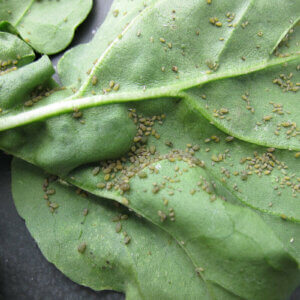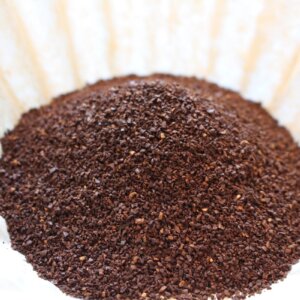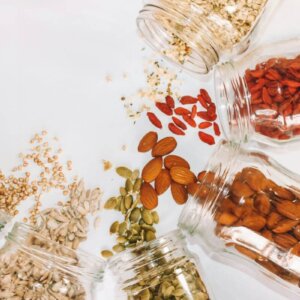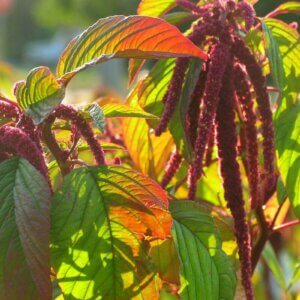I have a special affection for the tiny blue wildflower that appears every spring. Forget-me-not flowers, the state flower of Alaska, is known to have special meaning and reflect compassionate sentiments. For me, it is a symbol of connectedness with my husband of 38 years. As a recognized symbol of true and undying love, it certainly has intense meaning in my life.
When my husband and I were first dating, he would frequently be at sea — with one of the trips taking him to Alaska. On return, he gave me a state memento that showed Alaska’s forget-me-not. Ever since then, no matter where I lived (from coast-to-coast and in-between), I have insisted on planting forget-me-nots in my garden. The brief carpet of tiny blue flowers brings to mind many treasured memories.

And, I’m not alone in my sentimental attachment to the forget-me-not. In fact, there is a myth attached to the naming of the plant. It’s a German story about two lovers walking along the Danube River. As the man retrieved some of the tiny blue flowers that grew along the banks, he was swept away and called to his lover “Forget me not!” So the flower has become a lasting symbol of remembrance for many.
Related Post: Homestead Stories: The Purple Passionflower
Myths, legends, and symbolism aside, I’m not alone in my association between forget-me-not flowers and remembrance. Every spring, I receive a package of forget-me-not seeds from the Alzheimer’s Society. It’s used as a fundraiser, and also as an effort to bring awareness to this dreaded disease that affects one’s ability to remember.

Forget-me-nots are often called mouse’s ear due to its tiny, ear-shaped flowers. Interestingly, they’re not always blue. In fact, they can be yellow, pink, purple, or white. Personally, I have a passion for anything blue and the forget-me-not is considered the only flower that reflects a true color blue.
It’s the blue, 5-petal forget-me-not flower that is most popular and has the longest history. The other colors have been produced through careful breeding. As a note, many blue forget-me-not flowers (including the ones in my garden) often turn different shades of pink, purple, and white when the flowers are spent.

The plant grows well just about anywhere, but it prefers dry conditions and light, sandy soils. They’re easy to grow and so prolific that it doesn’t take long before the flower invades nearby lawns. In fact, I had a neighbor in my urban neighborhood (before I moved to the country) who was incensed with my forget-me-nots when they invaded her precious lawn.
Related Post: Why You Should Keep Your Dandelions
With a clustering of forget-me-not plants in any garden, the tiny flowers make an excellent border. Unfortunately, the soft carpet effect is short lived as the plant grows well in early spring but is usually finished and drying by summer.
Other than its compassionate meanings, the forget-me-not has little use. The flower is actually poisonous and can cause liver damage, so it’s not advisable to eat that part of the plant.

There are some unproven medicinal benefits, however. The leaves, when dried and powdered, can stop bleeding. Tinctures can be made and used to wash an eye infected with pink eye and styes. It can be infused into salves to treat skin irritations or packed into capsules to prevent nosebleeds. Some even believe (in spite of it being poisonous) that taken as a tea, it can help a wide variety of lung problems. There are other, unproven uses, but with the word ‘poisonous’ attached to forget-me-not flowers, I prefer to enjoy the plant in the garden rather than infused in my diet or in the medicine cabinet.
Although a common wildflower of significant meaning in Europe and North America, the forget-me-not hasn’t attracted much attention in other parts of the world — in spite of the flower’s intense symbolic meanings.
The flower represents true, enduring love, remembrance, a timeless connection, fidelity and loyalty, and memories, as well as being a symbol of the Armenian Genocide, the state flower of Alaska, the Alzheimer’s Society, and compassionate care for the poor, disabled, and needy. For a tiny, delicate, and short-lived bloom, it is definitely a flower to inspire compassion.









































Leave a Reply